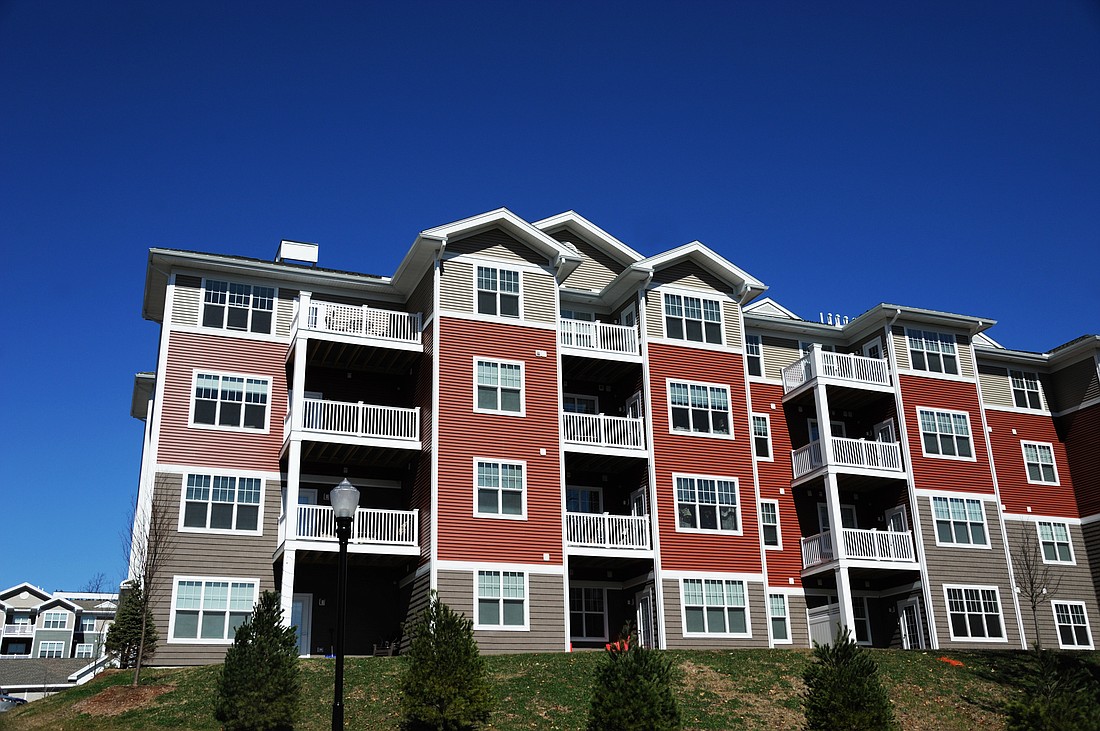
In the wake of the housing market collapse a decade ago, more Americans are renting rather than owning homes, according to a report released last week by real estate data firm Zillow.
The study shows the percentage of renters rose from 2006 through 2016 in all 50 of the largest U.S. cities, including Jacksonville.
However, while renters outnumber homeowners in 29 of those 50 cities, Jacksonville remains a city where homeownership is the majority, according to Zillow.
The percentage of renters in Jacksonville was steady from 2000 to 2006, increasing from 36.8 percent to just 37 percent.
But the percentage of renters in the city began rising in 2008, peaking at 44.4 percent in 2014.
The rate edged lower the next two years but was still at 43.4 percent in 2016, the last year for which data is available, Zillow said. That was 6.4 percentage points higher than 2006.
The percentage of renters is lower in Northeast Florida outside of the city. Zillow said the rate for all of the Jacksonville metropolitan area was 35.4 percent in 2016, 3.1 points higher than in 2006.
Nationally, the renter rate declined from 32.5 percent in 2000 to 31.1 percent in 2006, but it rose 5.2 points over the next decade to 36.3 percent.
As expected, the rental percentage is high in the largest U.S. cities where real estate is expensive. Renters make up 68 percent of New York residents and 64.1 percent of those in Los Angeles.
But it’s a Florida city, Miami, at the top of the list with a renter rate of 69.9 percent in 2016.
Virginia Beach had the smallest percentage of renters among the 50 largest cities at 37.8 percent.
“The share of U.S. households that rent surged in the wake of the Great Recession, as millions of families were foreclosed upon and younger adults either chose to or had no choice but to rent for longer,” Zillow senior economist Aaron Terrazas said in a news release.
“Some of this shift is attributable to lifestyle choices, including young adults delaying marriage and starting families, and a strong preference for living in urban cores where renting is often more convenient and financially feasible,” he said.
“Some is also driven by economic necessity – quickly rising home values can make it difficult for some to enter the market to begin with – and many previously foreclosed-upon families remain unable to purchase again, even years after foreclosure.”
Homeownership among young adults is rising again, but it will take a long time for ownership to get back to its prerecession levels, Terrazas said.
A 2017 report by Zillow said having money for a down payment is a major barrier for homeownership for millennials. They also find it more difficult to qualify for a loan.
Zillow’s data shows cities with large percentages of renters also have some of the highest rents.
The median U.S. monthly rent was $1,440 in June 2018, but many of the majority renter cities have rents above $2,000.
San Francisco, with a renter percentage of 62.1 percent in 2016, has the highest current median rent at $4,219 a month.
Jacksonville’s median rent is below the national level at $1,193.